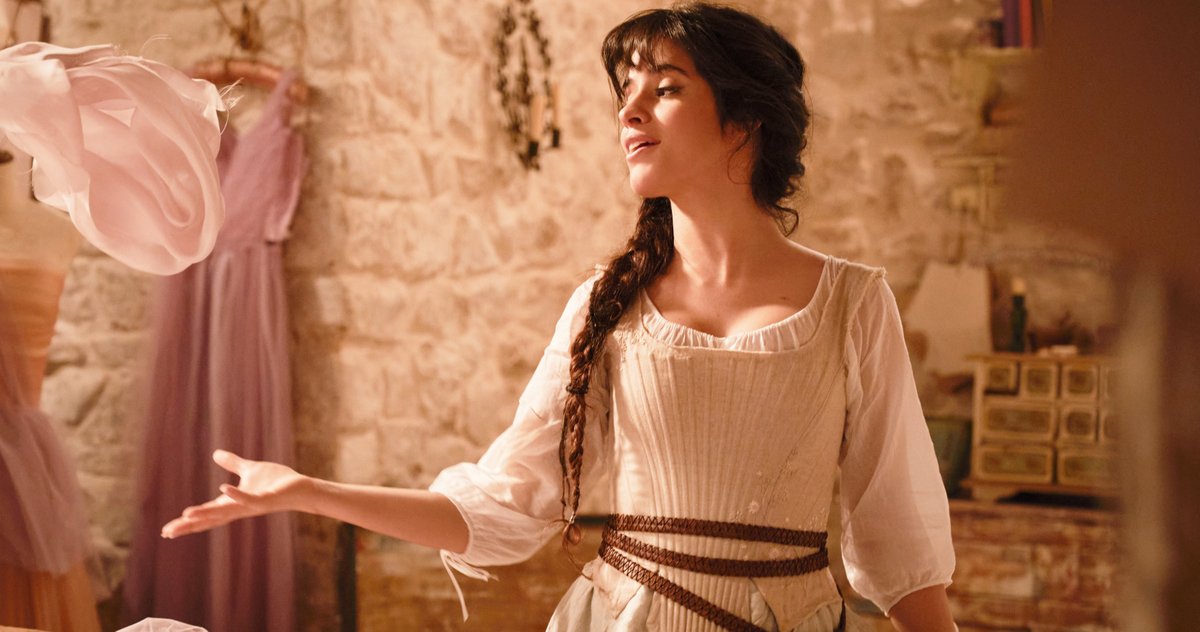The latest adaptation of Cinderella serves as proof that Hollywood still has a problem with the nuances between diversity and inclusion. Scrutiny from social media and members within the entertainment industry has forced Hollywood to acknowledge the lack of representation of marginalised groups in media, particularly in leading roles. In response, we have seen several stories being reimagined with people of colour. And that is part of the problem.
The image of Cinderella immortalised by the original Disney animation in 1950 is that of a white, blue-eyed, blonde woman. The latest reboot counters this imagery with Camilla Cabello taking centre stage as one of the few Latinx women to assume a protagonist role in Hollywood. From the trailer alone, we know that much of the cast is made up of people of colour, with the exception of the royals who are all white – a ploy to reflect the changing times.
Hollywood has a serious serious diversity problem, but is racebending really a viable solution? Racebending has not always been seen as a completely negative thing – as seen from the Avengers’ Nick Fury as well as other notable Marvel characters or even Disney’s Little Mermaid remake – these still faced criticism nonetheless. However, why are white characters continuously being replaced with actors of a different race as opposed to writing completely new and original characters? The casting of the latest Cinderella feels more intentional than colour-blind, resulting in representation for the sake of it.
A story evidently written for a GenZ audience, it is flooded with a multitude of themes, which comes across as overwhelming. The new film takes on a more feminist approach by playing on the idea that Cinderella is an aspiring dress maker who wants to make a name herself. Of course, the town ridicules her for it. In one scene, with her genderless fairy godparent, when being dressed in a pant suit, the makers reinforce the idea that a woman needs to be dressed as man to be successful.
One thing contrasting from other Cinderella adaptations is that in this one, her stepmother actually wants her to marry the Prince as she understands how it would benefit the family whereas Cinderella appears to be unsure. The princess also alludes to not wanting to feel confined. It appears that Cinderella is not enamoured with the idea of a rich and handsome suitor whisking her away. Will this reboot have a different ending or will it inevitably succumb to the same archaic trope that it seemingly tries to contradict? That for a woman to succeed, she needs a man to save her?
Also read: Is Beyoncé Appropriating African Culture?
The addition of a gendereless fairy, Fab G, played by the esteemed Billy Porter in all his sassiness, is the probably most original plot point of the feature film. However, in the midst of all of the diversity cards being thrown into the mix it might come off as trying too hard to push the envelope.
Looking at previous remakes of Cinderella, there are examples of reinterpretation working – at least for its time. The 2004 A Cinderella Story would be one such example which brings in new elements without doing too much and honouring the original story. A more prominent example of a nuanced production would be Ella Enchanted, which was coincidentally released in the same year. The film examines marginalisation of minority groups; the giants and the elves are treated as outcasts, which leads young Ella to assume the role of an activist in fighting for equal rights. The story gives more depth to Ella, its main character, beyond being a girl who needs saving. It also adds humour and music – basically everything this new adaptation attempts to do, but in a more subtle way.
One obvious argument that could be made is the lessons taught by the original story. It narrates female violence, family trauma abuse, domestic labour, the lack of female autonomy and the idea of love at first sight. These conflicts still resonate with a lot of viewers today as these unfortunately are still existing issues. Nevertheless, this is the same story that promotes the idea of salvation and rise of social status through marriage and the villainisation of stepmothers.
Art is a reflection of the times. Marriage is no longer an aspiring goal for all women, so how does one incorporate that into an old age fairytale? Has the story finally lost its appeal?
The production of this current film only adds to the problem. The reality is that we do not need another adaptation of Cinderella or any other old princess story. What we need are new, authentic and nuanced stories that paint a real image of society and its intersectionality.
Ultimately, it comes down to who is in the room, and who is making the decisions. It is concerning to know that the writers, producers and even the director were from marginalised groups in the production and no one found it problematic. Are we succumbing to diversity for the sake of it? The problem with tokenism is that it plays into stereotypes, it paints a very one-dimensional image of a character and reinforces inherent ideas that should be dismantled. How can we expect accurate and fair representation of people of colour if we won’t do it ourselves?
Nicolas Nhalungo is a student pursuing B.Tech degree. He has traversed all the way from Mozambique in pursuit of better opportunities. He is an aspiring writer and researcher whose interests include mental health, intersectional feminism, pop culture, travel, fashion and sustainability. As someone who grew up privileged, he pushes himself to constantly learn and unlearn by engaging with people of all walks of life.
Featured image: Prime Video

